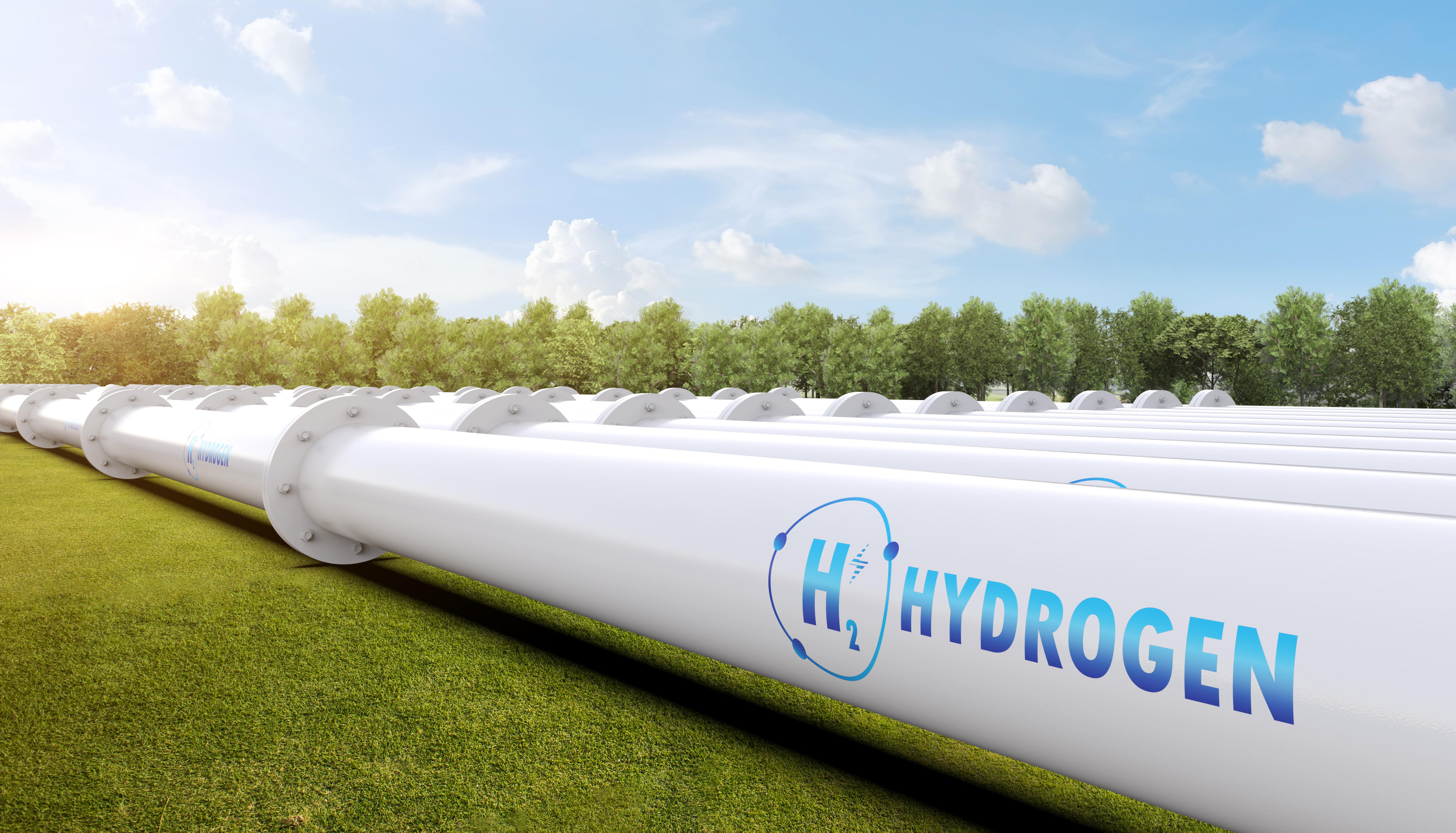Methane has a much shorter atmospheric lifetime than CO2 but is a much more potent greenhouse gas. The Global Methane Pledge goal to reduce antropogenic methane emissions by at least 30% by 2030 from 2020 levels is key to mitigate climate change.
Methane is the simplest alkane, a very abundant molecule in nature and the second most important Green House Gas (GHG). According to the latest report of the Intergovernmental Panel on Climate Change, accounts for about half of the 1.0 degrees Celsius net rise in global average temperature since the pre-industrial era.
By contrast with CO2, that will remain in the atmosphere for centuries, methane is a short live gas, therefore what if the methane release stops today, in a couple of decades it will be completely out of the atmosphere.
Rapidly reducing methane emissions is complementary to action on CO2 and other Green House Gases and is regarded as the single most effective strategy to reduce global warming in the near term and keep the goal of limiting warming to 1.5 degrees Celsius within reach.
At COP26, over 110 countries signed the Global Methane Pledge and agreed to take national-level, voluntary actions to contribute to reducing global methane emissions by at least 30% below 2020 levels by 2030. Vital step forward, although some major emitters remain outside.
Methane emissions come from different sectors, being agriculture, oil&gas and waste and landfills the main contributors in this order. It is the oil and gas sector the one that will make the vast majority of the reductions necessary to achieve the Pledge.
A lack of empirical, verified data on methane emissions limits action at the scale and speed needed to avoid the worst impact on climate change. There are many measurement issues in the tropics because of the weather conditions and humidity that prevent air and satellite measurement.
Direct measurements across all contributing sectors are critical to reducing methane data gap. The good news is that improvement on measurements is not difficult to achieve. It is not a problem of investment as the cost of measurements have gone down. The challenge is about understanding the technology for private companies, who are not used to have contract with satellites.
Actions from all contributing sectors to methane emissions play a key role:
- For agriculture and food, solutions include reducing enteric fermentation, vaccines, change breed size, improve life cycle, work on feed & additives, value biogas generation.
- For oil and gas, number of solutions are known, such as performing air compression instead of venting, reducing flaring, but the key differentiating factor could be to value in monetary in terms Methane losses.
- Collaborative action between players on the same industry and also between different sectors will be a driver, sharing costs from detection and using competitive advantages.




.jpg)